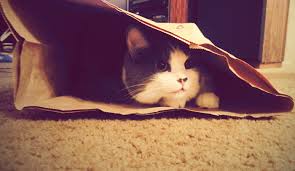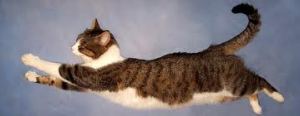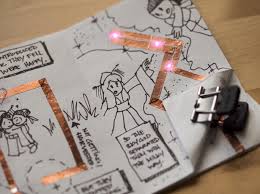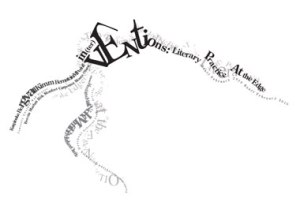The coming two weeks will no doubt engender a dynamic (and hopefully playful) conversation about co-learning in the Connected Courses community. I am honored to facilitate the topic along with colleagues Alec Couros and Howard Rheingold who have been exploring these issues for some time. Of all the topics we considered tackling when designing the Connected Courses “spine”, this one seemed to me at the heart of our collective desire to identify transformative learning. But co-learning is not a simple switch. A changing relationship to authority and hierarchy in the classroom is no small or easy feat.
How can the master teacher drop the mastery impulse and open up the classroom to what is untapped and unapparent? We have heard quite a bit about the limits of the “sage on the stage” approach and the dawning of new affordances in teaching with the “guide on the side” model. But what does this really mean in terms of practice? What exactly does empowered co-learning look like and what paths do we take to get us there? And what role should grades, evaluations, and assessments play in a co-learning environment?
This topic yields anxiety for teachers. For what we are speaking about is a practice of “unlearning” as much as a careful cultivation of both strategic risks and a culture of openness. We must unlearn the hidden curriculum of compulsory command and right & wrongs plain to see. And we must understand that vulnerability is actually the true seed of knowledge and growth. With co-learning what we are really striving for is new ways to learn how to learn. And in many ways this issue is urgent as we try to envision our collective future.
 I must offer the admittance that I haven’t “gone all the way” here in the co-learning experiment. I have certainly incorporated connected practices in my teaching, and I have made student agency, student choice, and student instinct a listening and actionable priority as I embark on each new semester. I work to make sure there is always the space for my students to teach me. And God knows, they continue to teach me in profound and surprising ways. But there is also much I can learn from all of you. I still struggle to come up with smart approaches to evaluation in this context. In addition, I find I must reassure students often as I try certain open approaches, as many are truly disorientated and express a need for traditional authority in this co-learning environment. (i.e. What do you want me to write about? What are you looking for in my project?, etc) It seems to me “unlearning” is not easy for everyone involved.
I must offer the admittance that I haven’t “gone all the way” here in the co-learning experiment. I have certainly incorporated connected practices in my teaching, and I have made student agency, student choice, and student instinct a listening and actionable priority as I embark on each new semester. I work to make sure there is always the space for my students to teach me. And God knows, they continue to teach me in profound and surprising ways. But there is also much I can learn from all of you. I still struggle to come up with smart approaches to evaluation in this context. In addition, I find I must reassure students often as I try certain open approaches, as many are truly disorientated and express a need for traditional authority in this co-learning environment. (i.e. What do you want me to write about? What are you looking for in my project?, etc) It seems to me “unlearning” is not easy for everyone involved.
A lot of what I have learned over the years intuitively about the challenges of co-learning have been inspired by the National Writing Project community, an organization whose motto is “teachers teaching teachers”. The NWP believes that teachers at every level—from kindergarten through university—are the agents of reform. Peer learning is a NWP cornerstone (and a key to the organization’s scalability). Along with this foundational commitment to peer learning comes the belief that access to high-quality educational experiences is a basic right of all learners and a foundation of equity. I have learned so much from my NWP colleagues in a network whose core instinct is to constantly share and explore together.
Mostly, I find that co-learning is somehow linked to a kind of “life attitude”. When I became a mother, I realized quickly that everyday my children teach me a myriad of vital things. These brand new people, who have so little experience, are in many ways masters of what is significant in life. A truly wise person learns from every person he or she connects with in the most unforeseen moments. This is of course the soul of co-learning. But it is not necessarily easy to maintain this outlook, especially as we continue to navigate institutional demands, programmatic expectations, and expected outcomes.
Please join us in this important conversation about what it means to empower through teaching. You are welcome to jump right in no matter if you are just discovering the Connected Courses community for the first time or you are an old friend. Here is the full schedule of our networked events for the Co-Learning Unit from 11/10-11/23. And if you use twitter, be sure to add the hashtag #ccourses in your tweets!
Looking forward to the extended chat and learning from so many. -Mia















